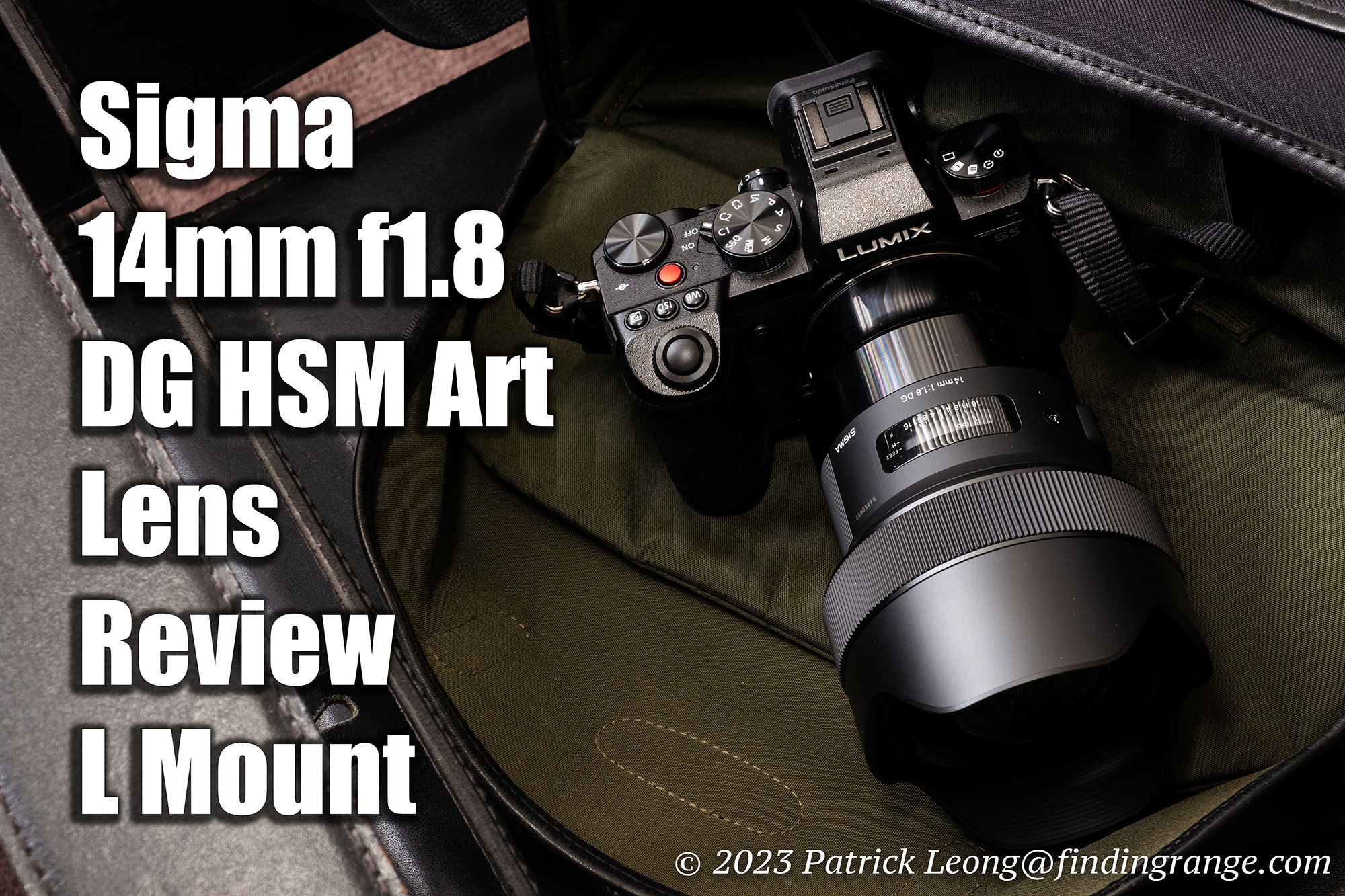Sigma 14mm f1.8 DG HSM Art Review L Mount:
We have some great wide angle lens options out there nowadays, especially when we’re talking about L mount. I don’t just mean something like a typical 24mm lens, for example. There are actually some serious ultra wide angle glass to choose from that can really up one’s game in photography. Take, for instance, the Sigma 14mm f1.8 DG HSM Art. While it comes in several different mounts, being that I am an L mount user, I had the L mount version to test. Thanks to Sigma, I was able to give it a go, and here are my thoughts about it.
Thanks for taking the time to read my review! If it helped, please consider purchasing from any of the links mentioned in this post, which in turn, helps support this site. I get a small commission but it will not cost you anything extra. Thank you!
Sigma 14mm f1.8 DG HSM Art Build Quality:
In terms of overall build, the construction is excellent, and in line with what we’ve all come to expect from an Art series lens. The 14mm f1.8 DG HSM Art feels very solid in the hands. It is made of polycarbonate TSC (Thermally Stable Composite), which we’ve seen in most Sigma lenses already, and the lens mount is constructed of brass for long term durability. Rubber sealing is also incorporated in the mount area making this lens splash and dust resistant. Lastly, the front most surface of the lens is coated with a water, and stain repellent coating, which helps when the weather isn’t ideal. It also helps since the front element is huge, and bulbous; it isn’t too difficult to accidentally leave a fingerprint or two.
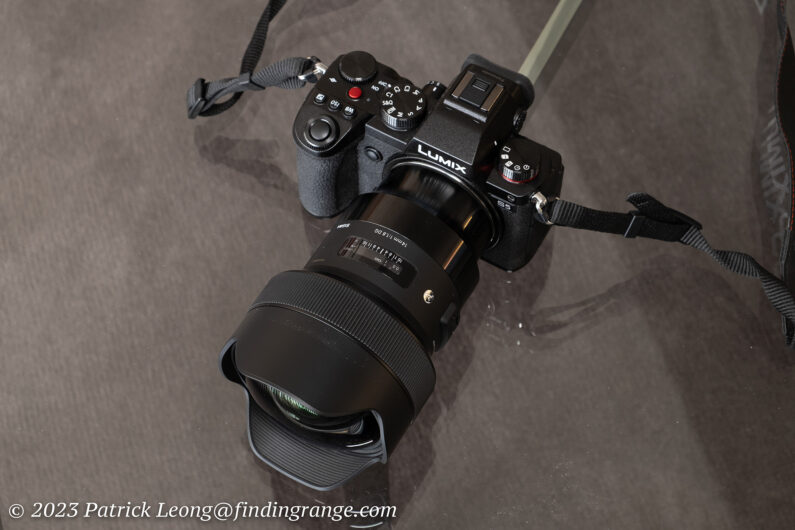
↑ Here’s the Sigma 14mm f1.8 DG HSM Art mounted on a Panasonic Lumix S5.
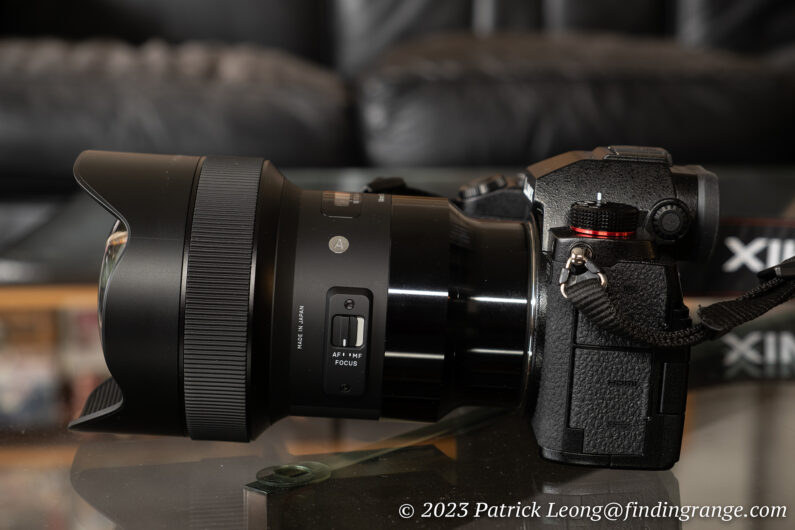
↑ Side view of the lens.
Speaking of size, as you can probably guess, the 14mm f1.4 is not a compact lens as you can see in the photos. No one should expect it to be considering we’re dealing with a 14mm ultra wide with a maximum aperture of f1.8. It comes with the territory, when you need a lens with these features and abilities. It weighs 2.6 lb/1170 g, and measures 3.76 x 4.96″/95.4 x 126 mm. There is a large rubberized focus ring for easy grip, which is nice. The lens hood is built into the the 14mm, and with that bulbous front element, there isn’t a way to use front filters unless maybe with a third party add-on.
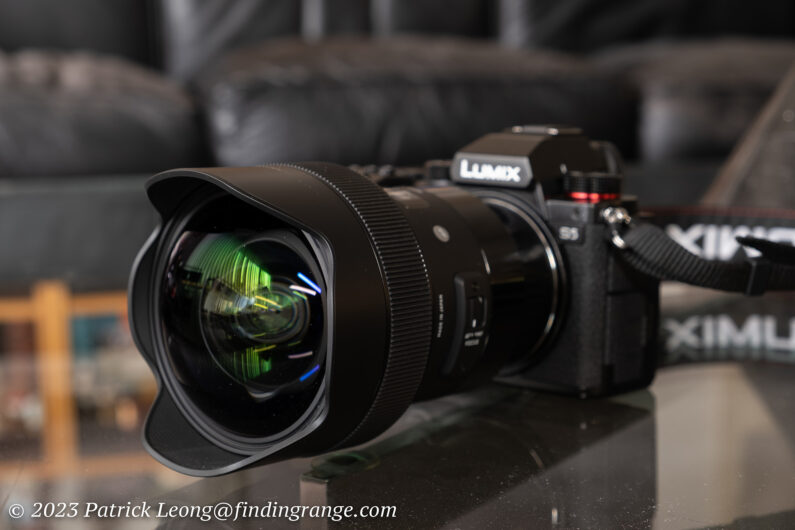
↑ The lens has a bulbous front.
As for accessories, there is a carrying case that is included. There is also a large lens cap that slips over the lens hood covering the entire front end of the lens, which I really like. the lens hood fits very snug too, which is good. While I tested the L mount version, this lens also comes in several other mounts, such as, Sony E, Canon EF, Nikon F, and Sigma SA mounts.
Sigma 14mm f1.8 DG HSM Art Autofocus:
The Sigma 14mm f1.8 DG HSM Art uses an Hyper Sonic Motor (HSM) to perform the autofocus. I found the autofocus to be quick, and drama free during my tests. It was also very accurate. What’s also a great feature is that you can gain full-time manual focus control simply by rotating the focus ring at any time.
Another cool feature that might help add a little uniqueness to some of your images is the ability of this lens to focus closely. The minimum focus distance is 10.63″/27 cm, so you can get some pretty unique images focusing this close with a 14mm lens. Furthermore, a lens like this normally doesn’t produce a very shallow depth of field but in such a close range, that’s no longer the case. You’ll definitely produce a much thinner depth of field, which might further add more distinctiveness to your images.
Sigma 14mm f1.8 DG HSM Art Image Quality:
As for image quality, the Sigma 14mm f1.8 DG HSM Art produces exactly what one would expect from an Art series lens: superb images. If you need an ultra wide angle lens with a large maximum aperture, this is definitely an option you should consider. It’ a no-nonsense top performer in my book.
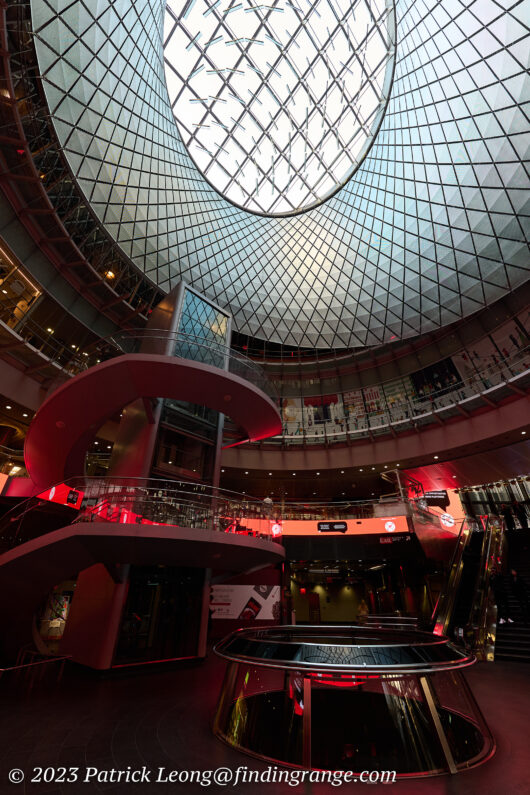
↑ This was taken in the Fulton St. Station using f4 and 1000 ISO.
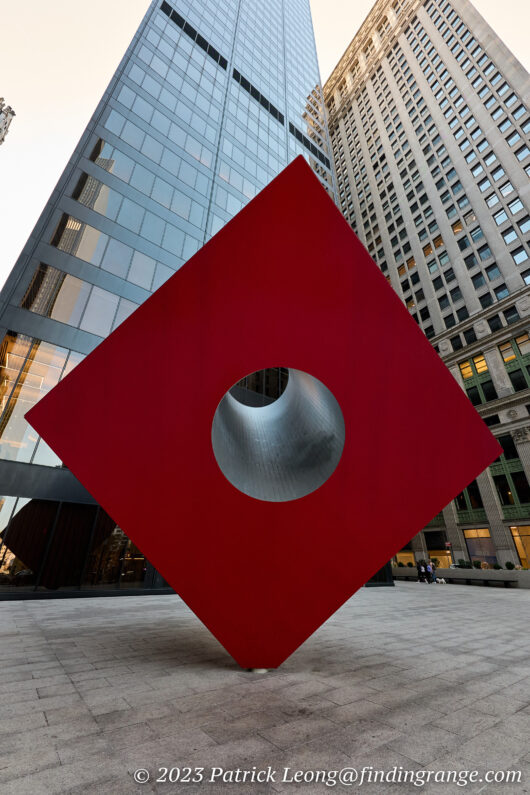
↑ This was taken using 2000 ISO and f8.
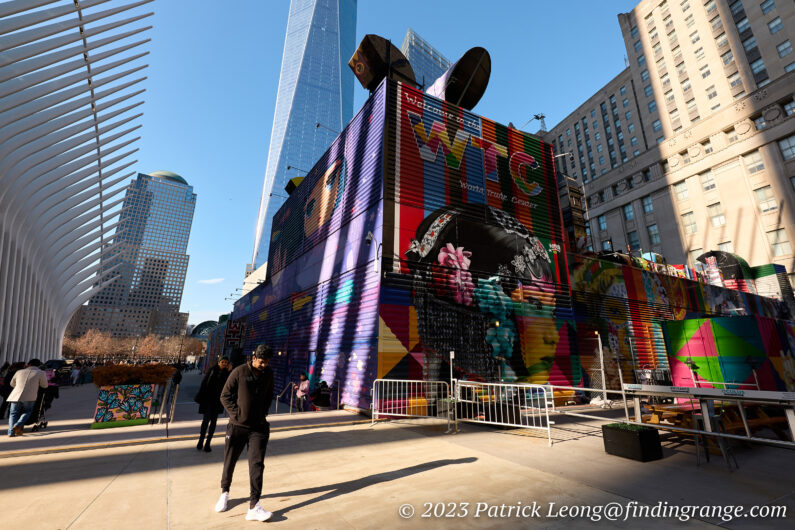
↑ This was taken in the early morning. I used f8 and 160 ISO.
I tested the 14mm f1.8 out quite a bit, and found it to extremely sharp overall. At wide open aperture, center sharpness is excellent. Edges are a bit softer at f1.8 but stopping down to f2.8 does improves sharpness overall throughout the entire image. By f4, sharpness is significantly improved with f5.6 to f8 being peak sharpness, in my opinion. At this midrange setting, you’re capturing every little detail. Overall, the 14mm f1.8 really lives up to what one would expect from an Art series lens.
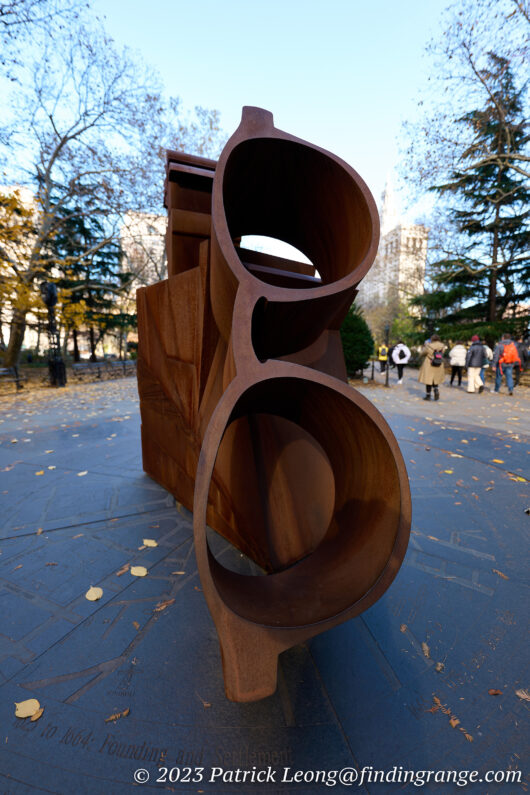
↑ This was taken using f1.8 and 100 ISO.
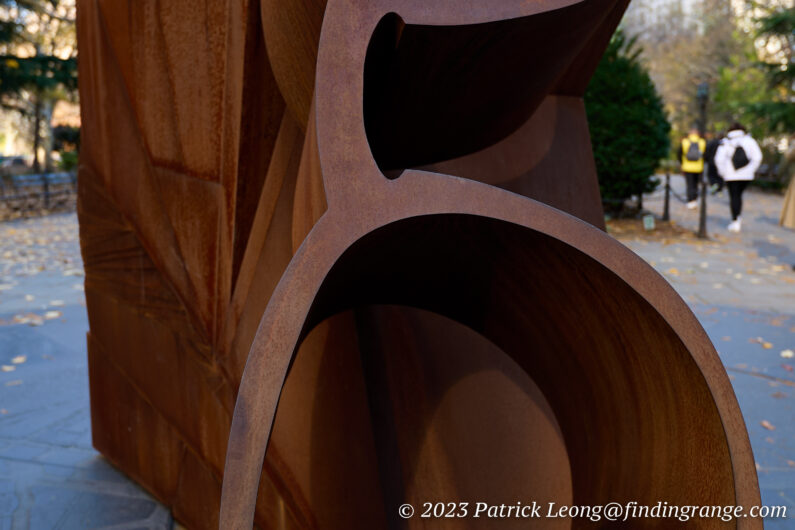
↑ Here’s a 100% crop of the photo above.
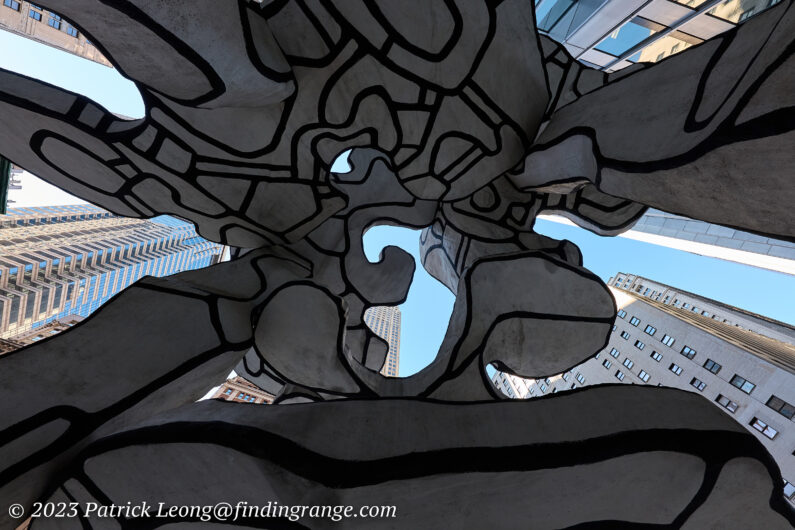
↑ Here’s a photo taken using f8 and 640 ISO.
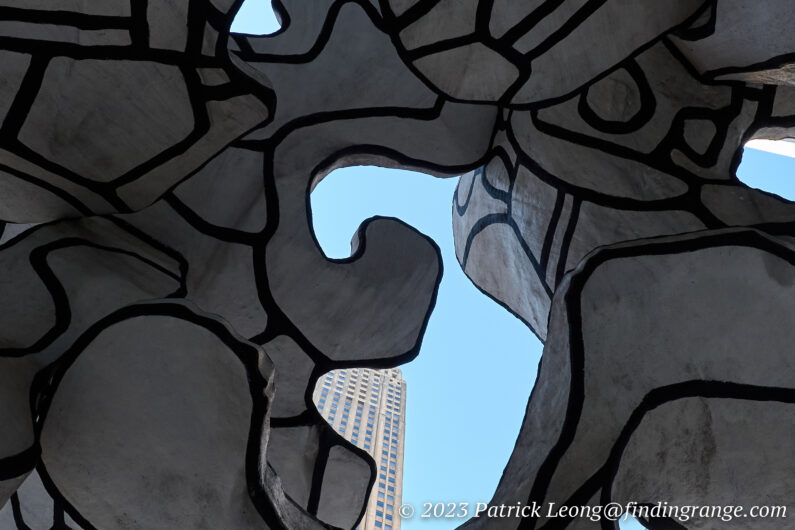
↑ Here’s a 100% crop of the photo above.

↑ Here’s another photo taken using f8 and this time, 160 ISO.

↑ Here’s a 100% crop of the photo above.
Other features include great color rendering and contrast. There’s good depth, and pop in the photos. There is vignetting at f1.8, as one would expect from an ultra wide with a large maximum aperture. Stopping down by just one stop significantly reduces it. By f5.6, it is essentially gone. Also, there is a bit of barrel distortion but I don’t feel like it is a lot considering we’re dealing with an ultra wide angle here.

↑ In this photo, I used f4 and 1250 ISO.
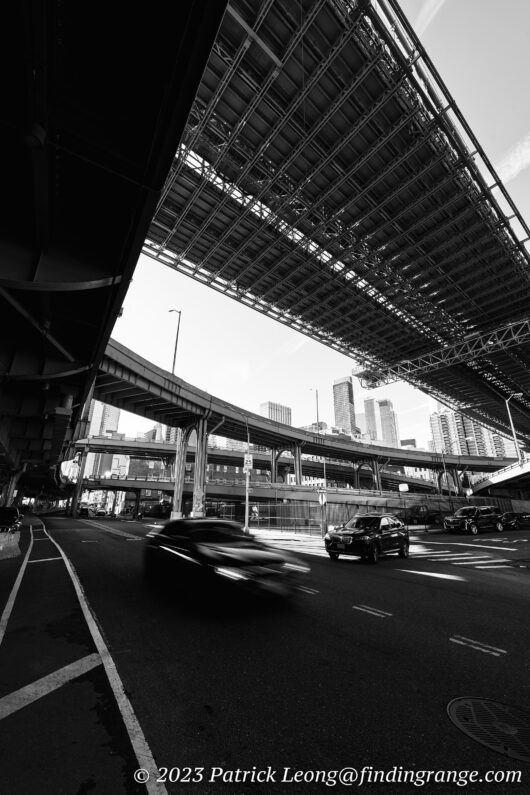
↑ In this photo, I used f16 and 100 ISO.
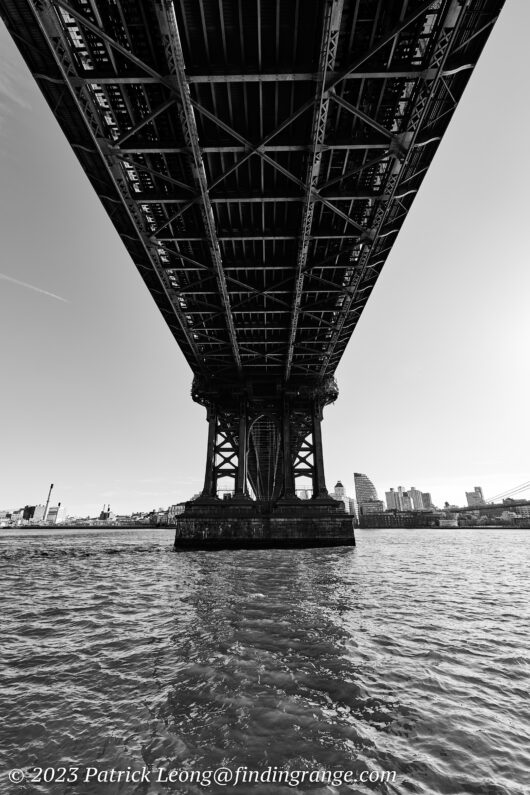
↑ This photo was taken with f8 and 160 ISO.
Sigma 14mm f1.8 DG HSM Art Bokeh:
While the 14mm f1.8 DG HSM Art does have a very large maximum aperture, this isn’t really the type of lens that is meant for producing shallow depth of field work. I may be wrong but I believe most people who are interested in this lens are looking to use it for lowlight work, which may include weddings, for example, and astrophotography, of course. With its ultra-wide 14mm focal length, it’s able to capture beautiful starry skies, and thanks to the f1.8 aperture, one can minimize exposure time. However, since you can focus pretty close with the 14mm f1.8, you can produce a thin depth of field.

↑ This photo was taken with 100 ISO and f1.8.
Pros And Cons:
Pros:
- Solid lens that’s well-built.
- Comes in several different mounts.
- Dust and splash resistant.
- Quick autofocus.
- Excellent image quality.
- Great for astrophotography or available light photography.
Cons:
- The bulbous front end prevents a front filter.
- noticeable vignetting at larger aperture settings.
- A bit of barrel distortion.
Sigma 14mm f1.8 DG HSM Art Verdict:
If you’re in need of an ultra wide angle lens with a large maximum aperture, the Sigma 14mm f1.8 DG HSM Art is a great choice. It has the build quality, the autofocus capabilities, and of course, the optics to produce incredible images. Many astrophotographers will find it to be an essential lens but it doesn’t stop there. The 14mm f1.8 is great for architectural photography, general landscape, and even for moments when there’s low available light, such as, wedding work, for example.
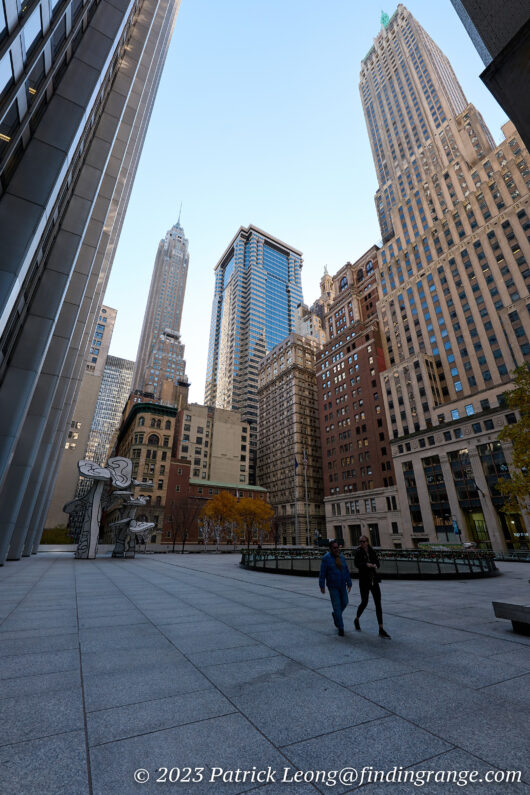
↑ This photo was taken with f8 and 320 ISO.
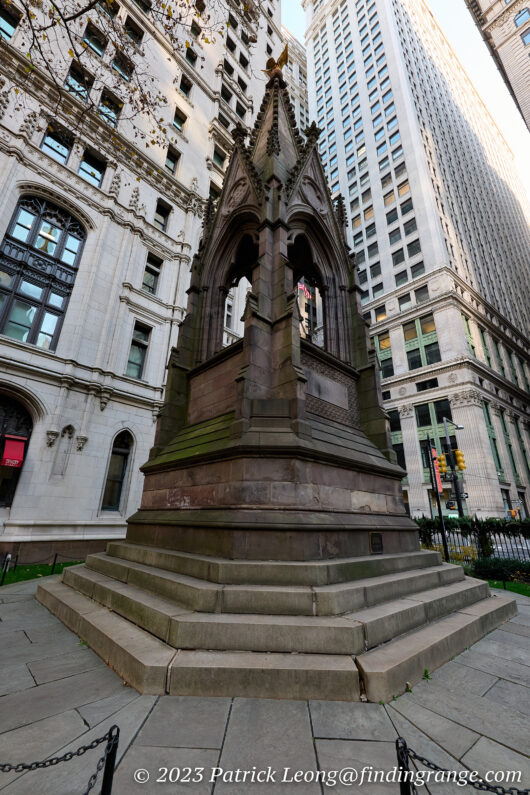
↑ Here’s one taken with f8 and 1250 ISO.
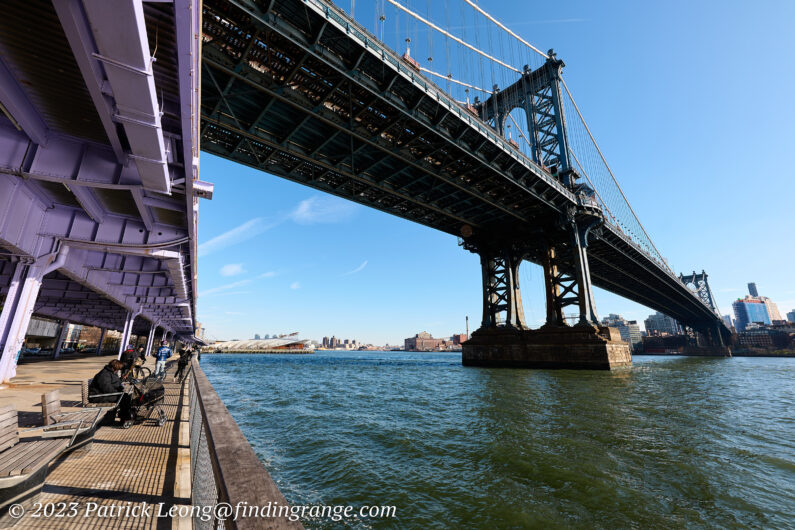
↑ This was taken in the early morning. The settings were f8 and 125 ISO.
I should also mention that there is the newer Sigma 14mm f1.4 DG DN Art that you should consider, if you are in the market for an ultra wide with a large maximum aperture. This is a superb lens, and one that I did review as well. It’s a bit smaller, lighter, and faster. However, it’s specifically for mirrorless, where as the 14mm f1.8 comes in several more mounts.
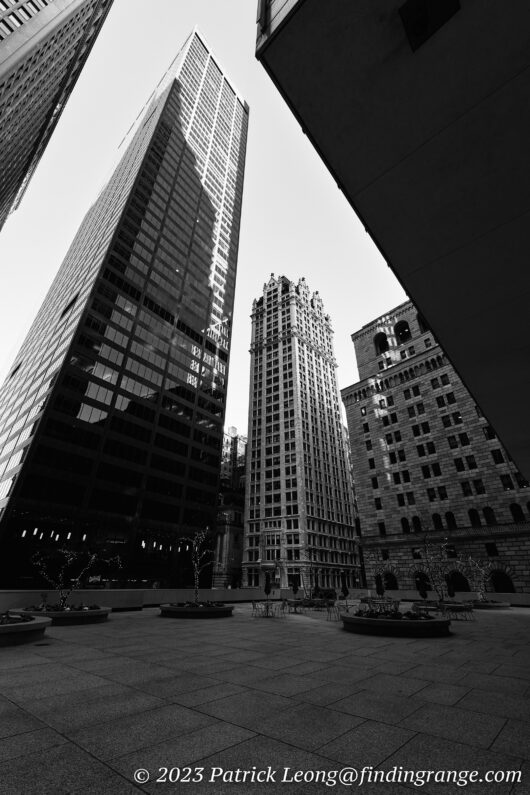
↑ This was taken using f11 and 1000 ISO.
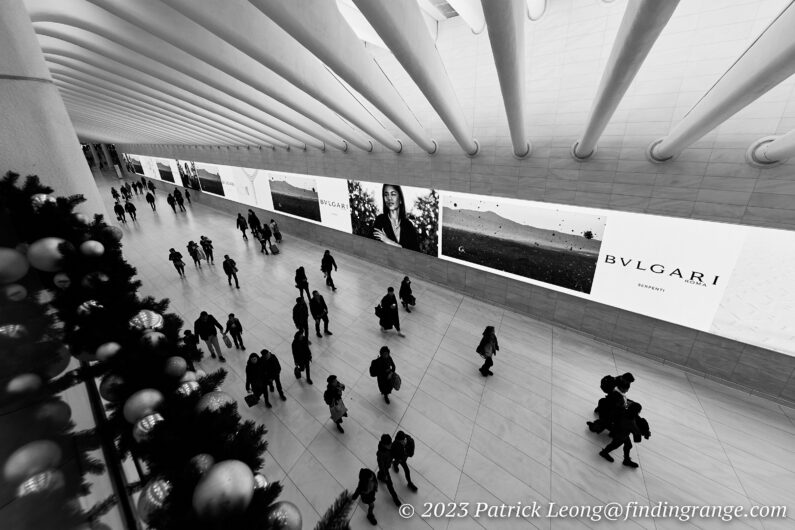
↑ Here’s one taken with f4 and 800 ISO.
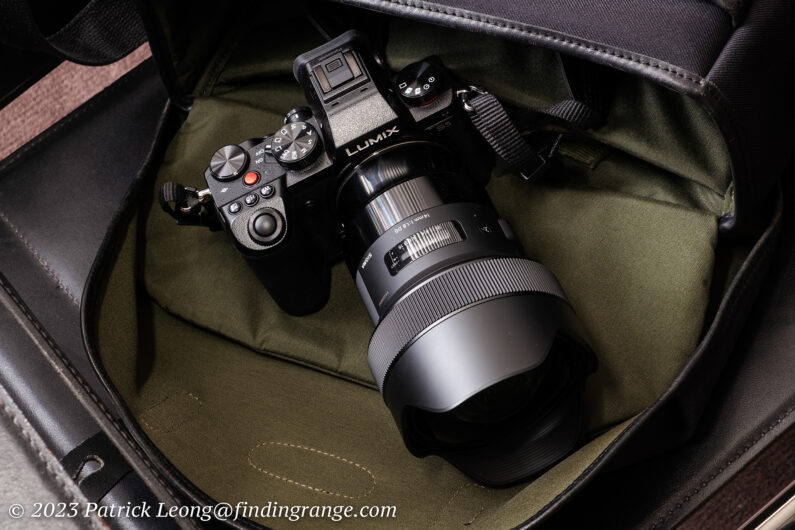
↑ One last photo of the Sigma 14mm f1.8 DG HSM Art mounted on a Panasonic Lumix S5.
Overall, you really can’t go wrong with the 14mm f1.8. The L mount version is currently priced at $1,369.95 (instant $229.05 rebate right now), which while not cheap, is still fair in my book considering what you’re getting here. If you’re in the market for a lens like this, I highly recommend this one.
Thanks for taking the time to read my review! If it helped, please consider purchasing from any of the links mentioned in this post, which in turn, helps support this site. I get a small commission but it will not cost you anything extra. Thank you!

